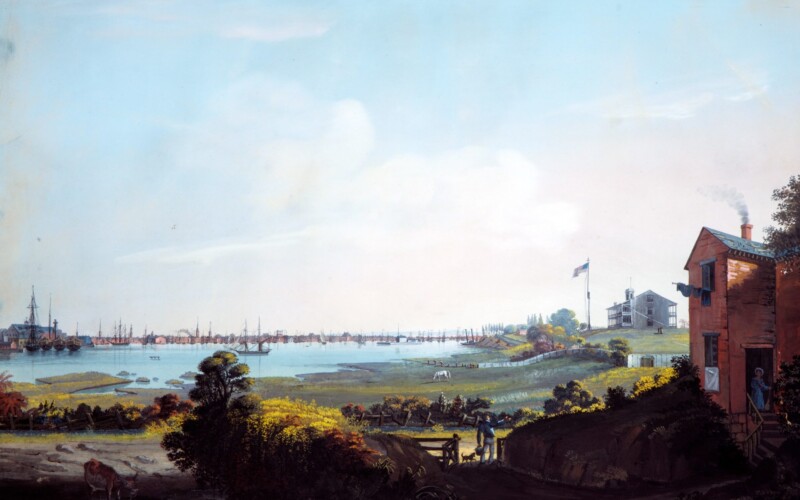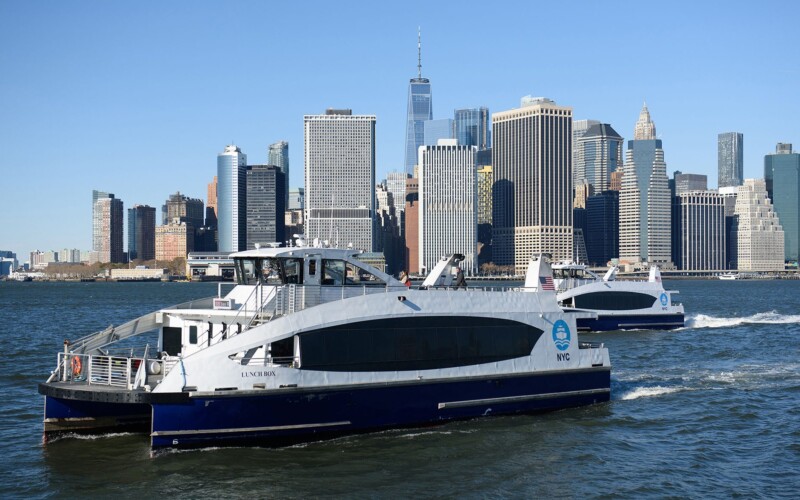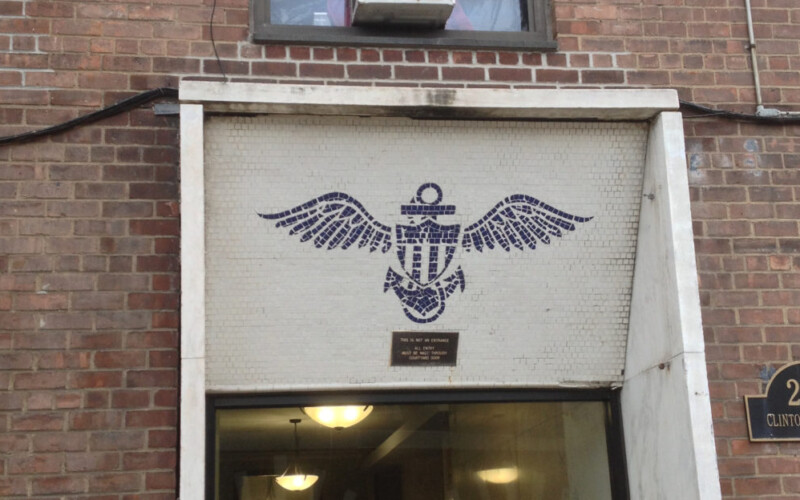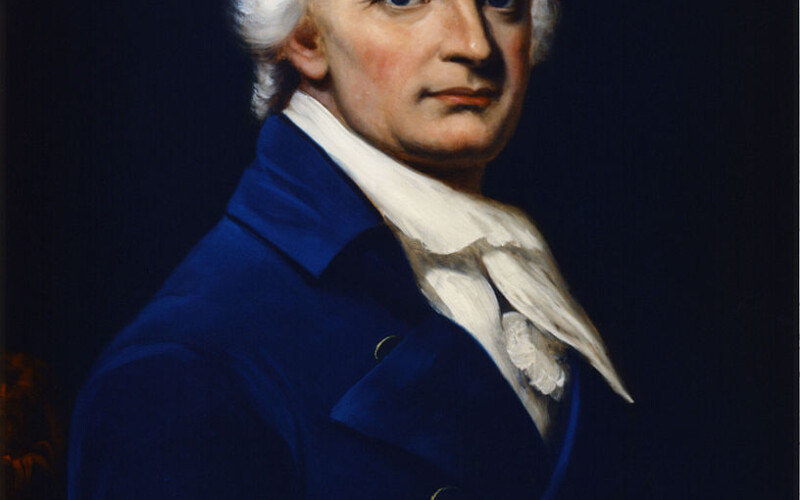We have experience hosting a range of audiences, from college classes to birthday parties to company outings, and we customize our tours to meet your group’s interests and needs.
Book a private tour today
In 1835, Naples-born painter Nicolino Calyo arrived in New York, and over the next 20 years, he produced a body of work that captured both the grandeur and minutia of …
Read more

In colonial New York, reliable power came from muscles (human and animal), firewood, and tides. From Spuyten Duyvil to Marine Park, Wallabout Bay to Flushing Bay, settlers turned many tidal …
Read more

New York Harbor is bustling with boats every day, making it perfect for ship spotting, a hobby that involves seeing, learning about, and tracking ships as they come and go. …
Read more

Explore the neighborhoods surrounding the Brooklyn Navy Yard, including Vinegar Hill, Fort Greene, Clinton Hill, and Williamsburg, on this walk around the Yard’s long perimeter. We will explore connections between …
Read more

Last week, Cindy and I spent our brief honeymoon in Newport, Rhode Island. Even though we were told to relax, how could we resist not doing a little bit of …
Read more

Two hundred and thirteen years ago today, the Brooklyn Navy Yard was founded, the last of the six original shipyards established by the US Navy. Today we celebrate the yard’s …
Read more
